I have soldered and tested my board and I must say – it works great! Here are some pictures of the whole thing: detector, harvester and STK with uC.
I have done some energy tests. The output of the harvester chip has 0.1 F supercap. I used LTC3108-1, so the output is 3 V. As I have mentioned in one of my previous posts, I use internal EFM32 5V reference, so the usable voltage for me is 2.5-3 V. Below, there is a graph of discharge process. It takes more than 2 h to drain the 0.1 F supercap from 3 to 2.5 V.
Additionally, I did some energy harvesting time test. The charging graph from 2.4 to 2.7 V is presented below.
To compare, the charge/discharge time ratio from 2.5 to 3 V is 1/3. I thought to myself I could be better, but I tested the device over a whole day where I was doing some house choirs: washing dishes, cleaning, cooking, plus two baths and I have to say that after a day the voltage was still 3 V and even some extra energy was saved in STORE capacitor – I used 1 F supercap.
My other observations:
- If you use your hot water tap a lot during the day, the system works great. When not so often, bigger (or even couple) Peltier module and radiator may come handy.
- When the output supercap and the STORE supercap are fully charged, the device can autonomously work for almost 1.5 day.
- Be aware where you put the radiator. If it is right above the sink, the heat from hot water will influence the ambient temperature and TEG will not be as effective as it could be.
- The stable 70 mV Peltier voltage shows really quick after you turn the water on, but the tap stays warm for at least couple/tens of minutes, so I noticed that it is more efficient to use the tap often, but for short periods.
- As Victor mentioned in one of his posts, there is a problem with starting the EFM32 because of the leakage current. The LTC comparator and FET is a solution, but I would like to use something else. Since the CO detector is a safety device it should have power supply all the time, even if the hot water is not used for some time. That is why I would like to use harvester with buffered power supply from a battery. I used this in one of my projects and it worked great. I will try to demonstrate this solution in some other post.
Also I will upload the movie from testing the whole device soon. Stay tuned!

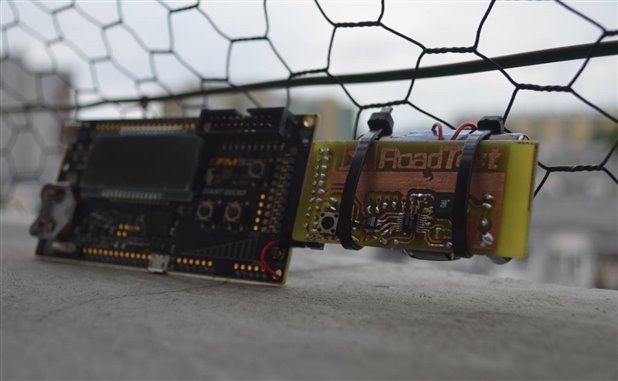
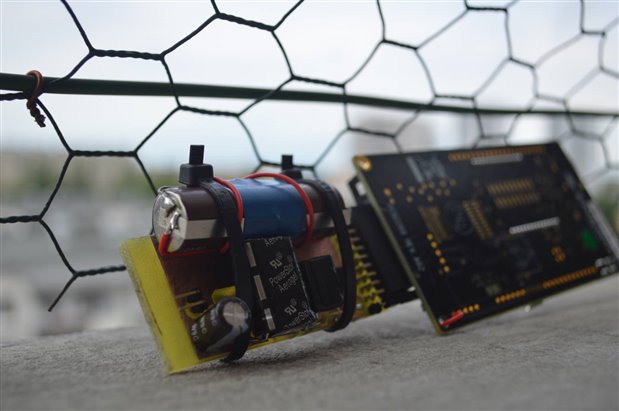
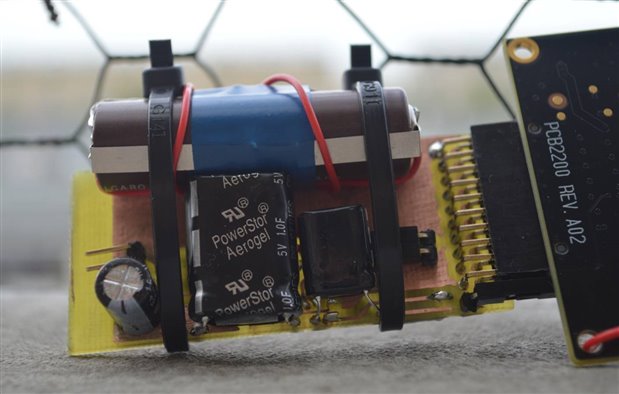
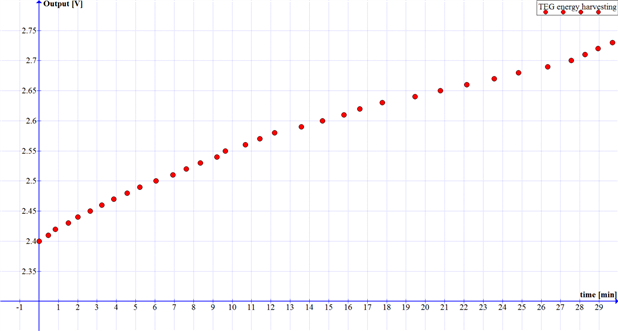
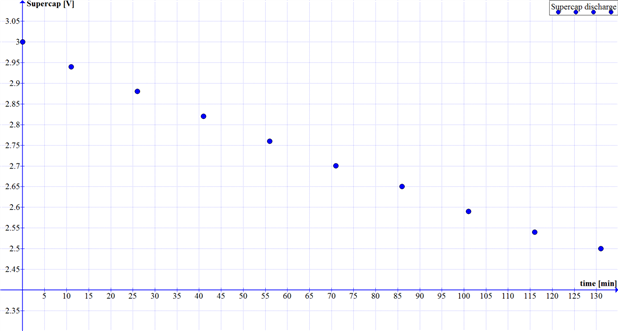
-

DAB
-
Cancel
-
Vote Up
0
Vote Down
-
-
Sign in to reply
-
More
-
Cancel
Comment-

DAB
-
Cancel
-
Vote Up
0
Vote Down
-
-
Sign in to reply
-
More
-
Cancel
Children